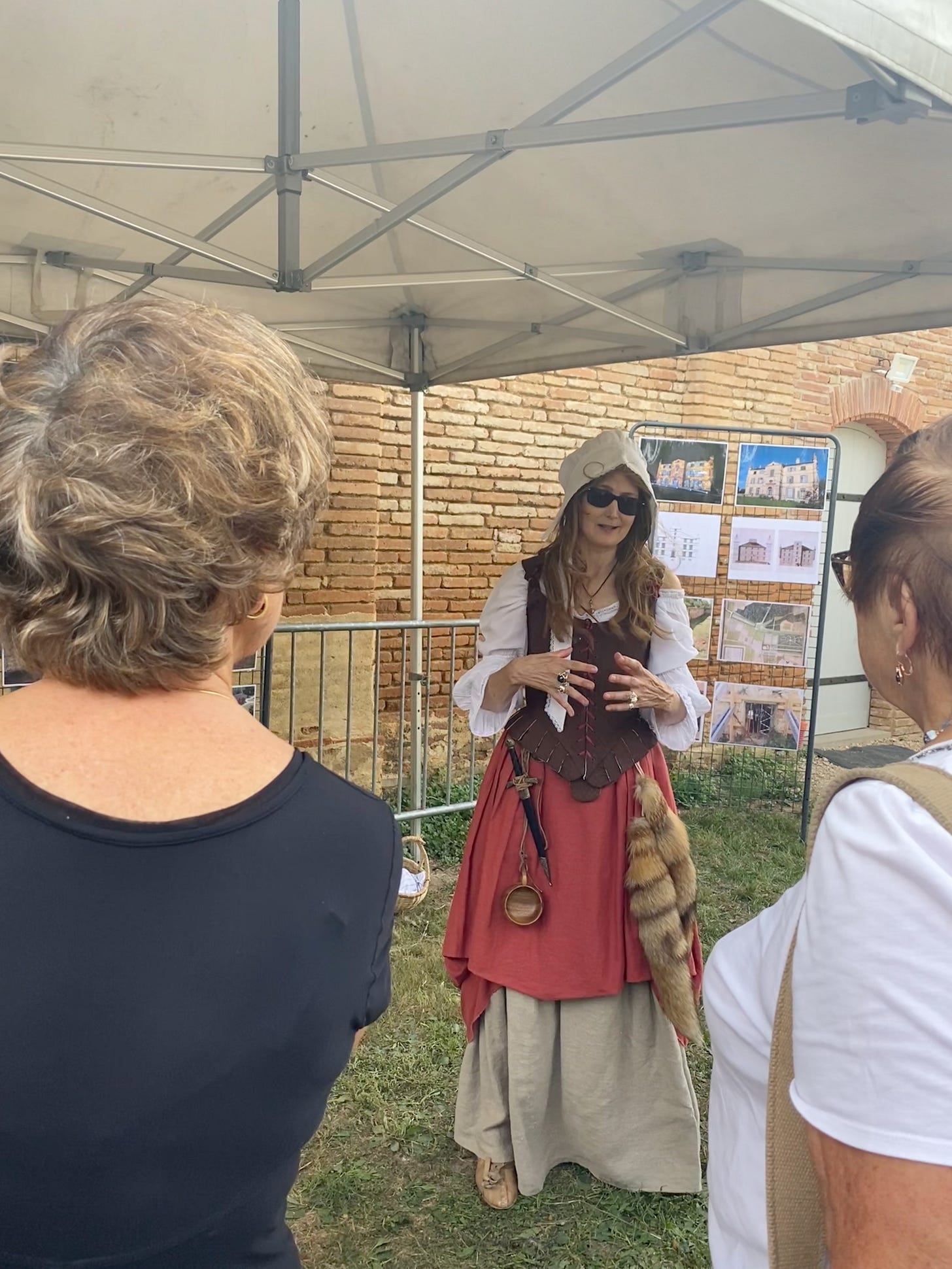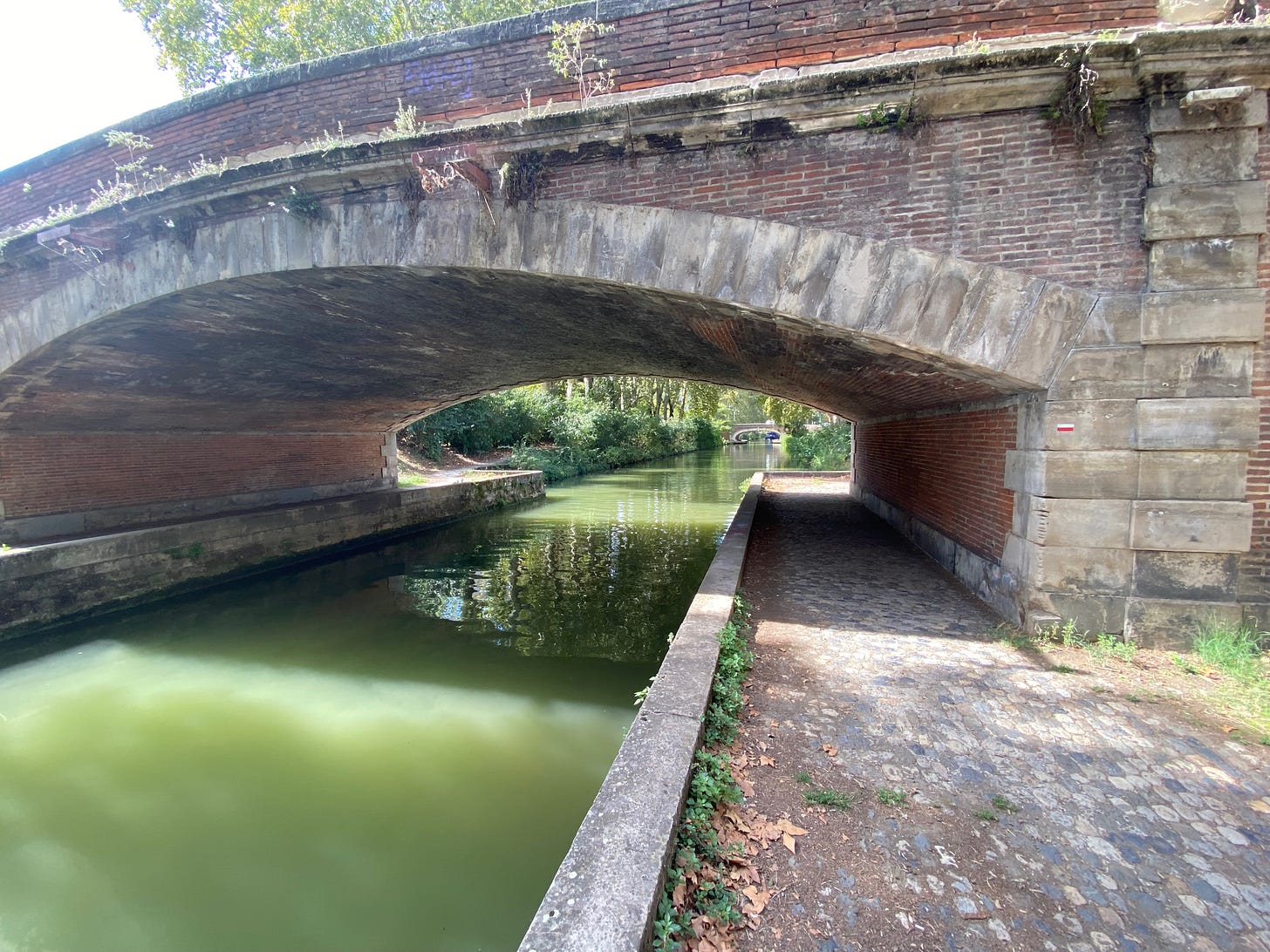From sea to sea, France's Canal du Midi
The Canal du Midi was the 17th-century equivalent of a French superhighway. Today, the vestiges of it and the Canal de Garonne offer a 600-km greenbelt for hikers, cyclists and pleasure boaters.
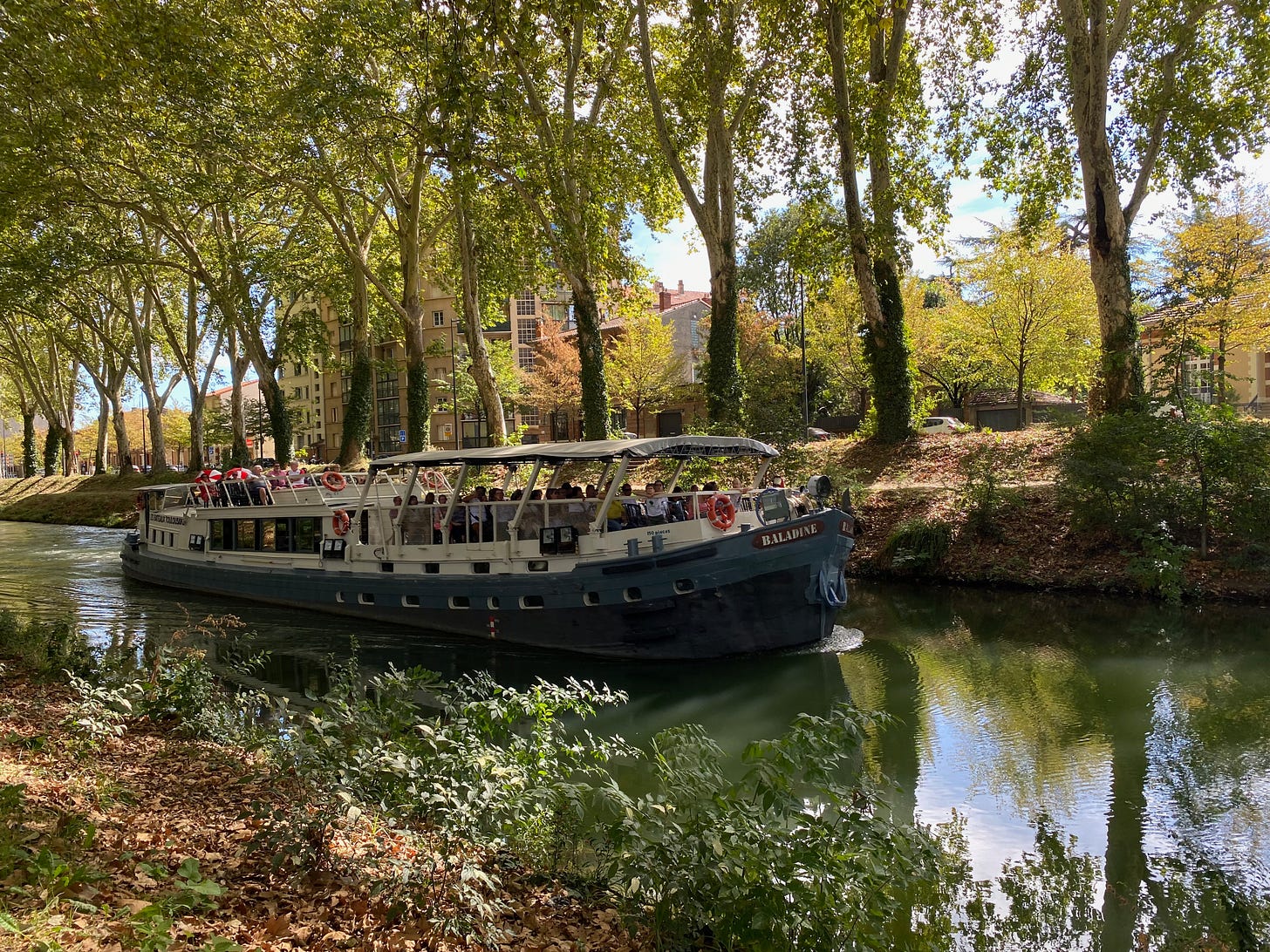
Rivers have dictated the direction of humanity for much of our history. Their winding course through mountains and plains as they seek the path of least resistance—or carve new paths through rock over millennia—have told us where to live, where to grow, where to build.
Vain creatures that we are, we have often tried to bend rivers to our own wills as well. Canals and irrigation systems have been used since 4000 BC and sprung up independently in Mesopotamia, India, China and Egypt, where the Ancient Suez Canal was the first to use locks to regulate water flow as far back as the 3rd century BC.
Back home in Montréal, the Lachine Canal was built to allow larger shipping to avoid the Lachine Rapids, carrying materials like sugar, iron ore, and wheat from the Great Lakes to the Atlantic Ocean, with many of the raw materials processed in Montréal and thus creating a booming industrial belt along its banks. St-Henri, Point St-Charles and Verdun sprung up to house the huge work force centred around the Canal, which opened in 1825 and dramatically changed the vocation of the city.
Abandoned for the most part after it was made redundant by the opening of the St-Lawrence Seaway in 1959, the Lachine Canal has recently been re-born as a linear park run by the federal government. Many of the factories that lined its banks were either converted to condos or torn down and replaced by new condos.
Here in France, a much older, longer and more stunning collection of locks and canals has also managed to survive as a linear park, one where pleasure boats and cyclists and hikers can travel hundreds of kilometres without the undue encroachment of conspicuous condoism.
The Canal du Midi and the Canal Latéral de la Garonne, which together with the Garonne River connect the Mediterranean port city of Sète to the Atlantic coastal city of Bordeaux, are among France’s true tourism treasures. These man-made waterways wend their way across southern France, touching hundreds of communities along the way. Initially conceived as a way to ship goods across the country and avoid the dangerous sea route around Gibraltar, the canals today no longer see much commercial traffic, but offer a tree-lined oasis that attracts cyclists, pleasure boaters and hikers from across France, Europe and the world.
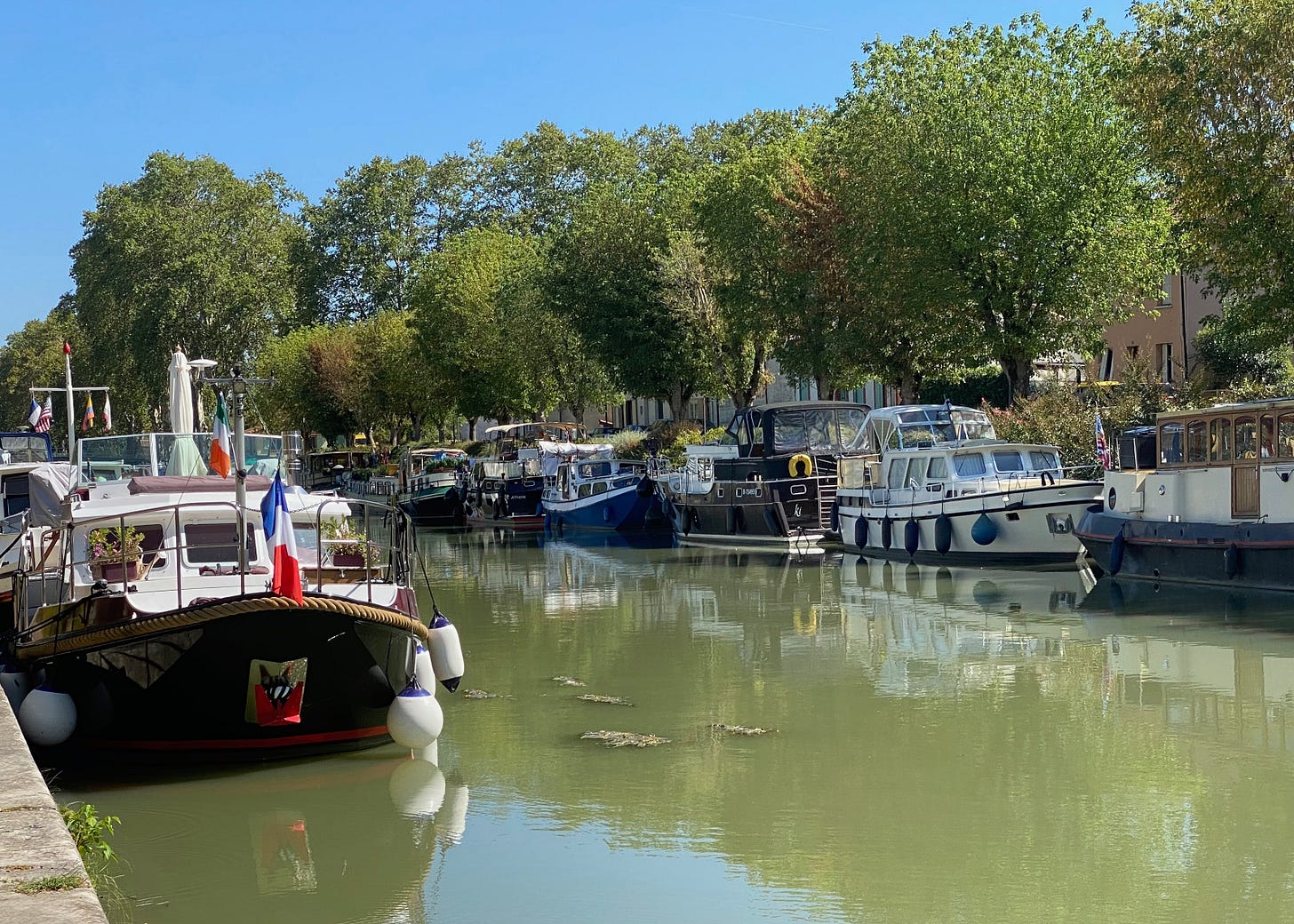
When a new friend, Émilie, invited me to accompany her and her two sons on a Heritage Day trip about an hour outside Toulouse to visit the château of someone named Pierre-Paul Riquet, I thought we were just going to see another dead white guy’s mansion. Turns out that was true, but this wasn’t just any dead white guy, this was the architect of the Canal du Midi, a self-educated genius who solved an engineering problem that had been stumping Europe’s best minds for centuries. From the Roman emperors to Charlemagne to Louis XIV, colonizers and kings had been looking for a safe inland route to help transport goods across the country. The Atlantic storms often sent French cargo and sailors to the ocean floor—and when cargo did survive, it became the target of pirates.
It was also the long way around, off the Atlantic coasts of Spain and Portugal to Gibraltar, then back up the Mediterranean coast of Spain to return to France.
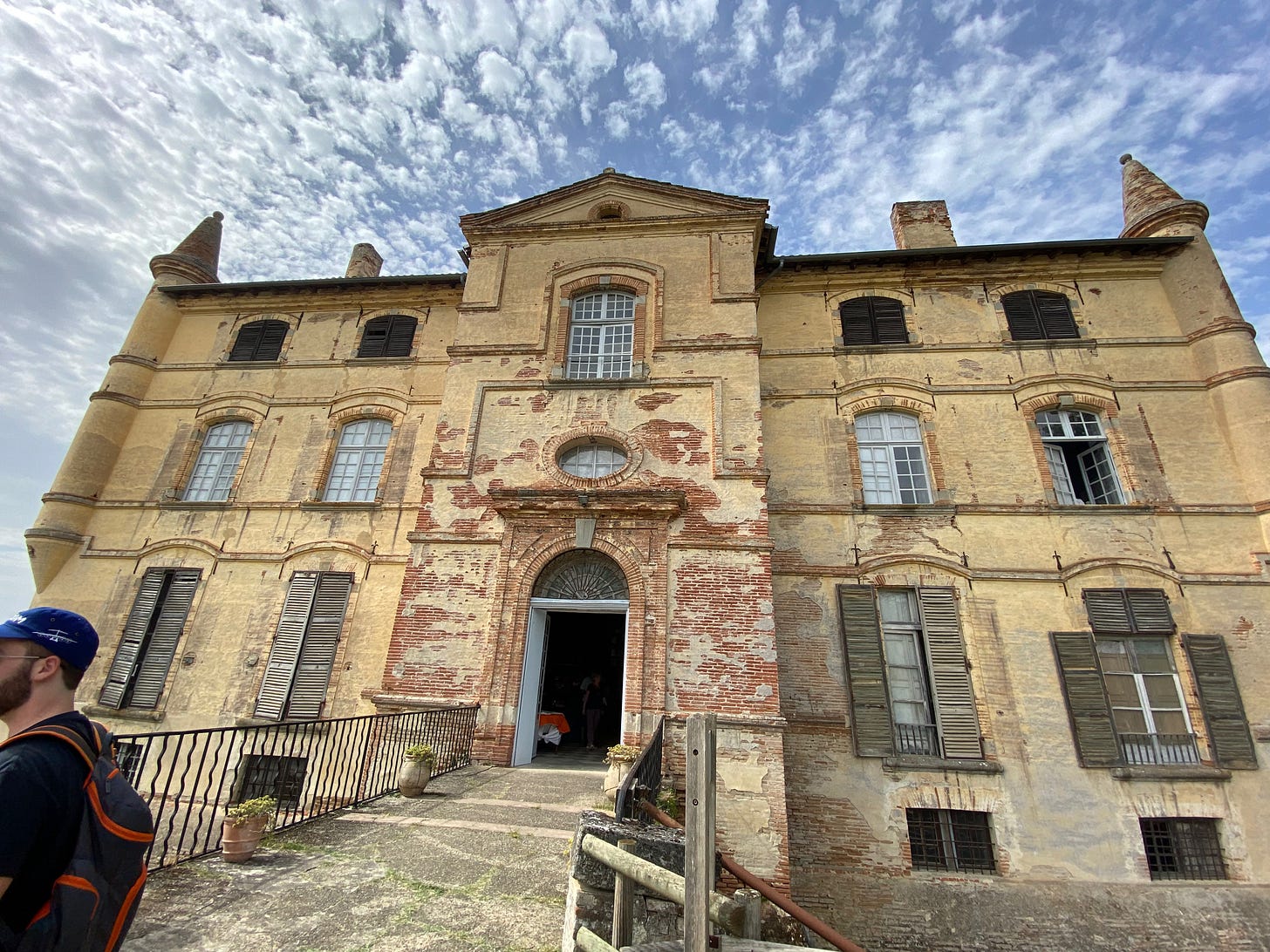
The problem that experts had failed to solve for centuries was to devise a way to keep a system of canals and locks supplied with the water they’d need to raise the boats over higher elevations. After experimenting with a full-scale model he had built on his own property, Riquet was able to convince Louis XIV’s first minister, Jean-Baptiste Colbert (remember him from high school history?), to greenlight his project and begin construction of the 240-km waterway. Riquet’s idea was to divert streams and rivers of the Montagne Noire and create a massive man-made basin at St-Férréol that would keep the canal’s water levels high enough to guarantee the operation of the locks year-round, even at its highest points.
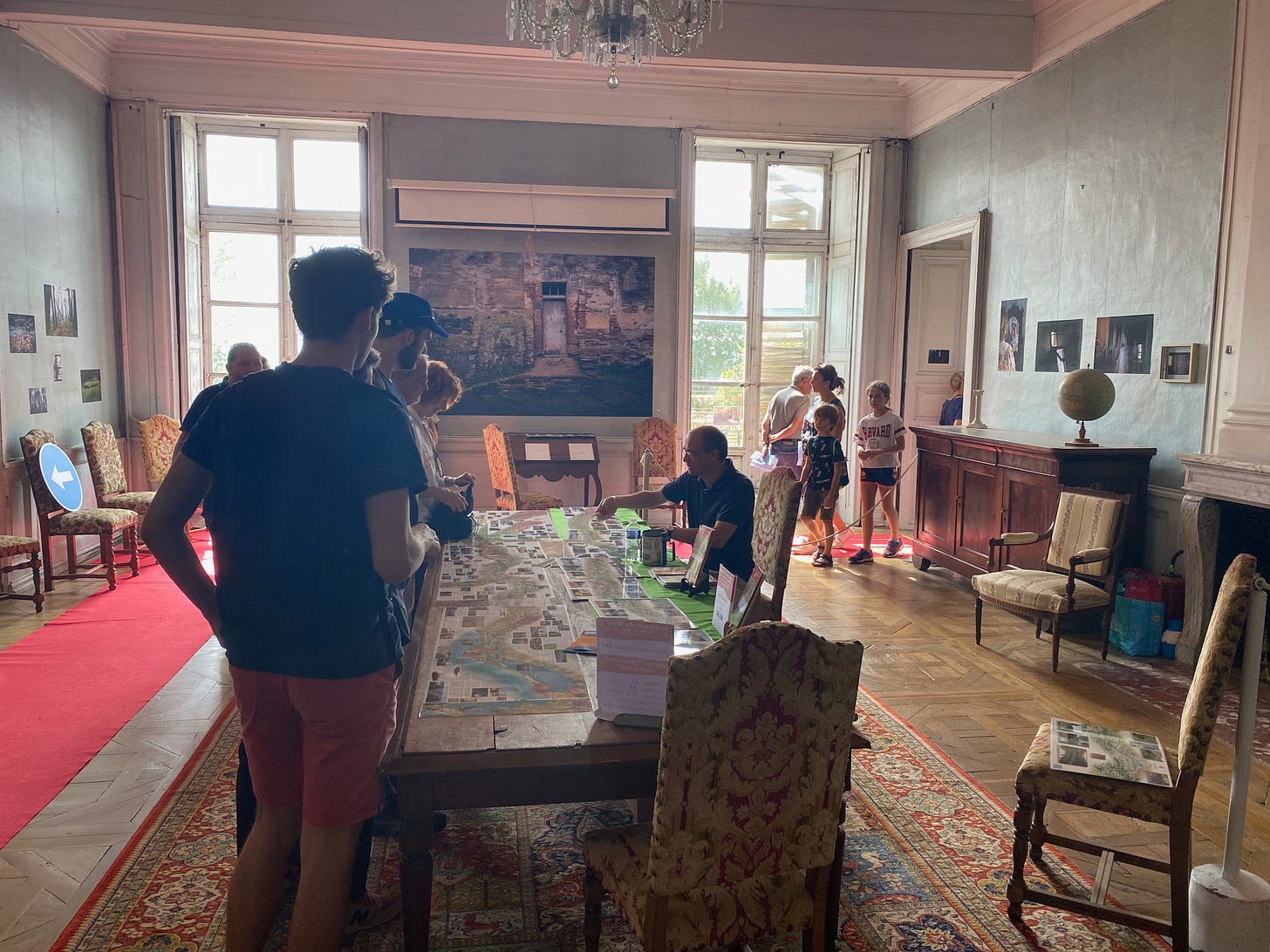
⚜ ⚜ ⚜
Enough engineering tho, I’m bound to get something wrong. Let’s just say Riquet’s plan worked, but the poor guy, who had invested much of his own money in this dream project, died broke just 10 months before the canal was opened in 1681, only 14 years after construction started.
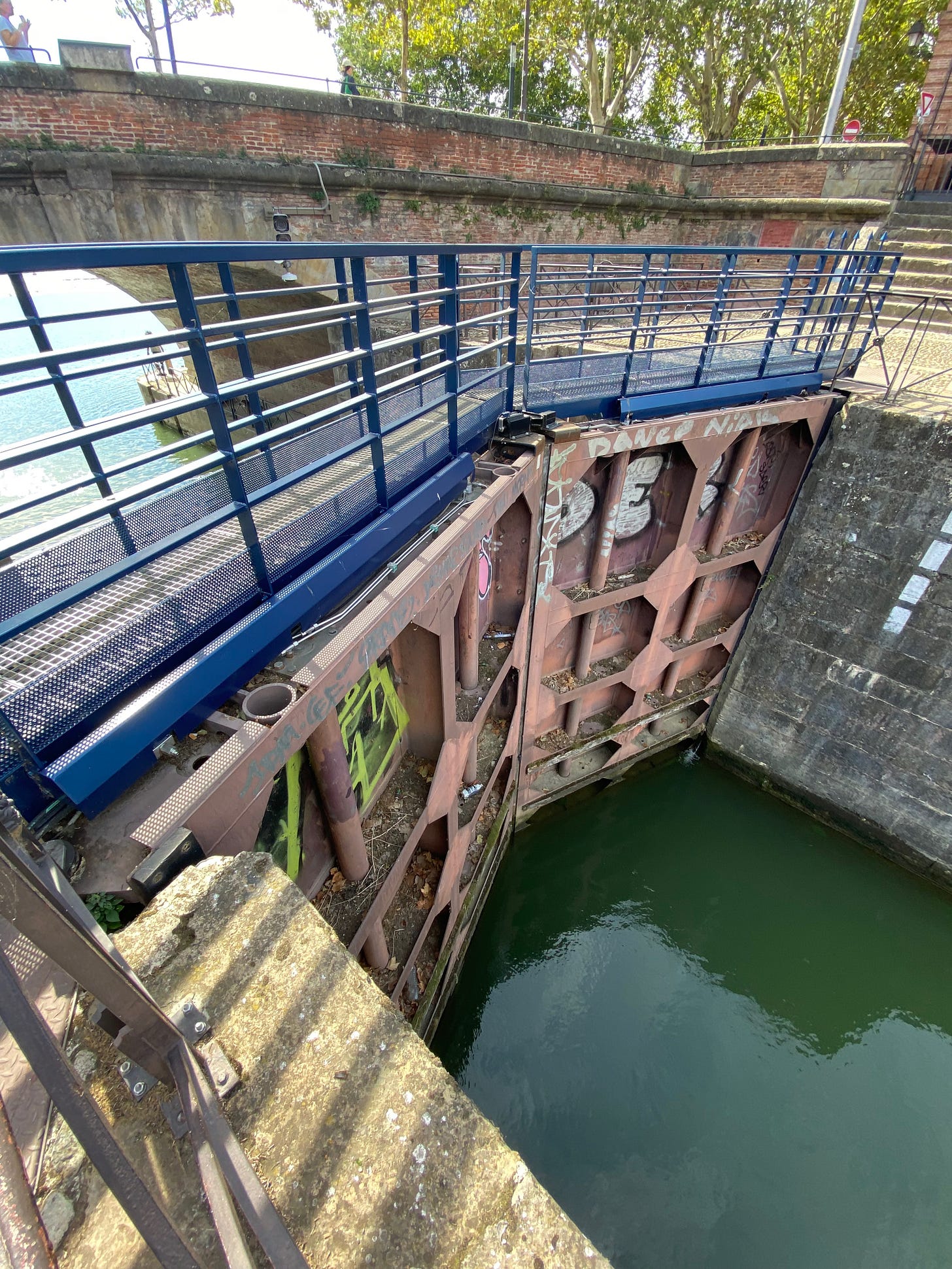
(A quick explainer: The Canal du Midi, originally known as the Canal royal en Languedoc, connected Sète to Toulouse. From there, ships took an often hazardous route along the Rivière Garonne to Bordeaux or vice versa. From 1836 to 1856, a canal parallel to the Garonne was constructed, offering safer passage over a 196 kilometre route to Bordeaux.)
The impact of the canal was considerable during the next two centuries, which coincided with a little thing called the Industrial Revolution. That revolution also brought something called railroads which, as you can imagine, were a little quicker than boats that had to navigate 120-odd locks over 600 kilometres.
The vestiges of that infrastructure, however, created a greenbelt that today still benefits from the both the waterway and the tow paths that run down one or both sides of the canals. The paths were planted with thousands of plane trees to provide shade for the hardworking donkeys that would pull the boats, offering respite as well for the men leading the way. Although a fungus imported by American soldiers in their sycamore munitions boxes in 1944 has threatened many of these massive, iconic trees in the last few decades, the government, which owns the canals, has begun to replant species that will resist the chancre coloré.
I’m just scratching the surface of the Canal’s colourful history, but if your idea of seeing a country involves seeing a lot of … country, then there are all kinds of Canal du Midi or Canal de Garonne excursions you can find online. I’ll include a few below.
But whether it’s on a hotel-boat, a smaller tourism vessel, on a bike tour or even a pilgrimage route, you won’t be lacking for options. Or if you are visiting a city or town which is fortunate to have a segment of the canals running through it (remember Moissac?), you definitely need to take a walk along the idyllic banks of France’s many hidden treasures.
Thanks for sticking with me as I stream my way around Europe. À bientôt, mes amis.
For more info about Pierre-Paul Riquet:
https://www.canaldumidi.com/Personnages/Paul-Riquet.php
https://www.tourisme-occitanie.com/destinations/sites-unesco/canal-du-midi/loeuvre-de-pierre-paul-riquet/
https://www.bonrepos-riquet.fr/index.php/chateau/decouvrir
https://www.grandsudinsolite.fr/2878-31-haute-garonne-le-domaine-de-bonrepos-riquet--aux-origines-du-canal-du-midi.html
https://www.chateau-de-paraza.com/pierre-paul-riquet/
https://www.canalmidi.com/paulriqu.html
https://www.archives.toulouse.fr/histoire-de-toulouse/lieux/le-canal-du-midi/pierre-paul-riquet
For info about touring the canals:
Free downloadable guides: https://guides.canalfriends.com/
Midi: https://www.french-waterways.com/waterways/south/canal-midi/
Midi: https://www.visit-occitanie.com/en/discovering/unesco-classified-sites/canal-du-midi/
Midi: https://www.visit-occitanie.com/en/discovering/major-sites/sources-canal-du-midi/
Midi: https://www.europeanwaterways.com/blog/canal-du-midi-guide/
Garonne: https://www.french-waterways.com/waterways/south-west/canal-garonne/
Ordering maps and guides: https://www.french-waterways.com/resources/guides-imray/
I managed to spot a private craft using the locks across from the city’s Matabiau train station the other days. You don’t see this often, so I captured it in four 30-second videos. Just for you!





